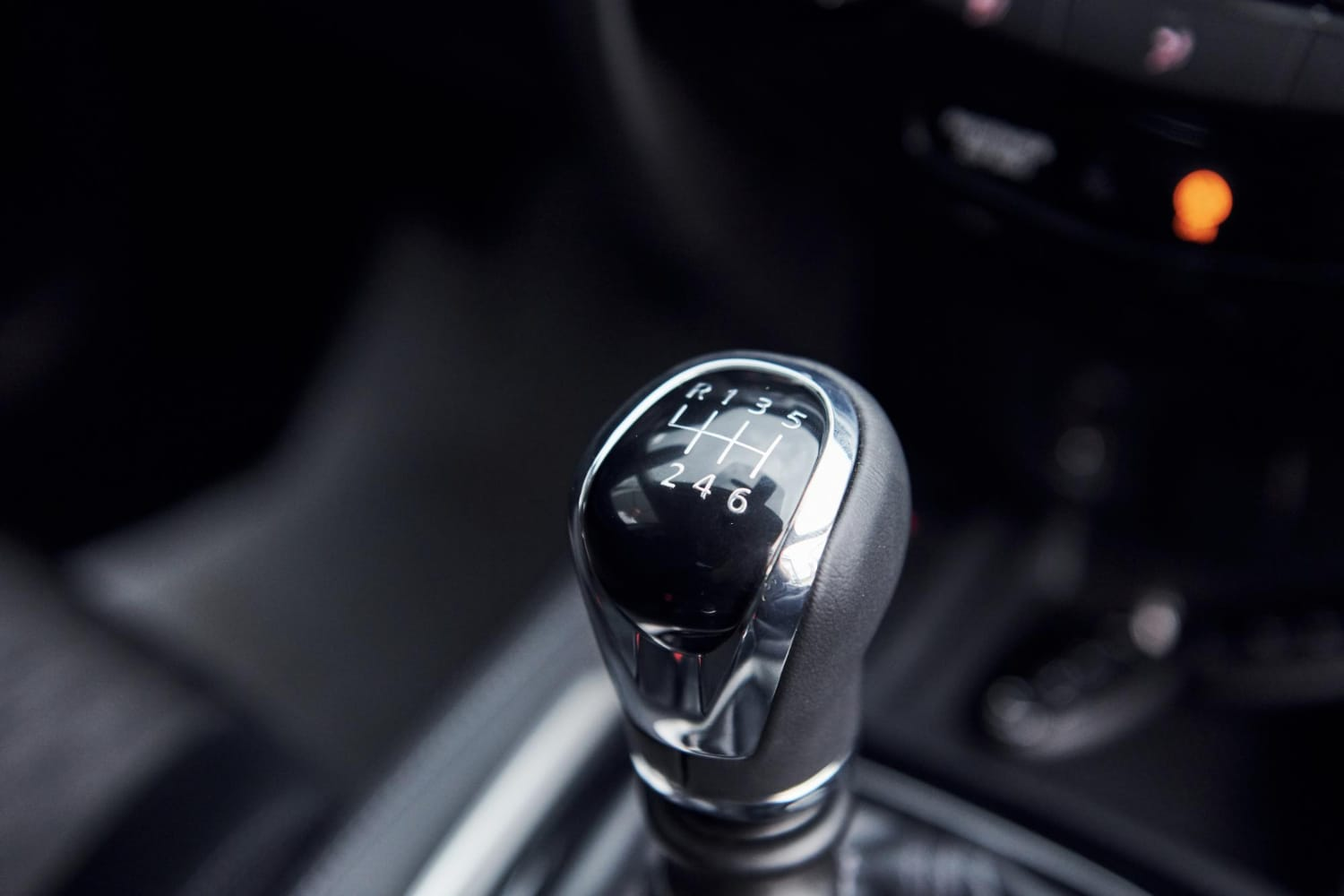
Wireless charging pads have revolutionized how we power our mobile devices, offering unparalleled convenience and ease. In a world where staying connected is essential, these pads provide a seamless solution to keep smartphones, tablets, and other gadgets charged without the hassle of cables.
The concept of wireless charging isn’t entirely new, but its integration into everyday devices has significantly evolved over the years. Today’s wireless charging pads utilize electromagnetic induction to transfer power from the pad to the device placed on it. This technology eliminates the need for physical connectors, allowing for a cleaner and more efficient charging experience.

One of the most compelling advantages of wireless charging pads is their convenience. Users can simply place their compatible devices on the pad, and charging begins automatically. This simplicity is particularly valuable in environments where plugging in a cable may be inconvenient or impractical, such as bedside tables, office desks, or even in vehicles.
Moreover, wireless charging pads support a wide range of devices, including the latest smartphones from various manufacturers like Apple, Samsung, and Google. This compatibility fosters a standardized approach to charging, making it easier for consumers to adopt and use the technology without worrying about different charging cable types.
From a design perspective, wireless charging pads come in various shapes, sizes, and materials to suit different preferences and environments. Some are compact and portable, ideal for travel or use in compact spaces, while others are designed to complement home or office decor seamlessly.
Beyond convenience, wireless charging pads contribute to reducing cable clutter, which is not only aesthetically pleasing but also enhances safety by minimizing tripping hazards. This feature makes them particularly appealing in public spaces and households with children or pets.
In terms of efficiency, modern wireless charging pads have improved significantly to deliver power quickly and safely. They incorporate technologies that monitor temperature and adjust power delivery accordingly, ensuring optimal charging speed without overheating the device.
For businesses and commercial settings, wireless charging pads can enhance customer experience by offering convenient charging stations in waiting areas, cafes, airports, and hotels. This amenity not only adds value but also encourages customer retention and satisfaction.
Despite these advantages, there are considerations to keep in mind. Wireless charging pads typically require devices to be placed directly on the pad, which means devices cannot be used as freely during charging compared to wired connections. Additionally, charging speeds may vary depending on the pad and device compatibility.

Looking ahead, the future of wireless charging pads holds promise for further advancements. Innovations in longer-range wireless charging, faster charging speeds, and integration with smart home systems are on the horizon, potentially transforming how we interact with and power our devices.
In conclusion, wireless charging pads represent a significant leap forward in charging technology, offering unparalleled convenience, safety, and efficiency. As adoption continues to grow and technology evolves, these pads are set to become an indispensable part of our increasingly mobile lifestyles, ensuring that our devices stay powered whenever and wherever we need them.





